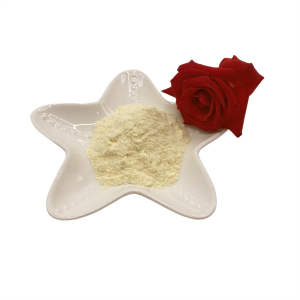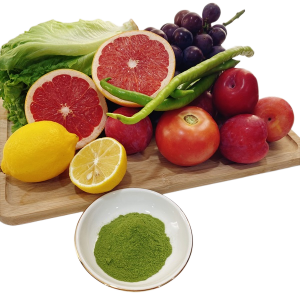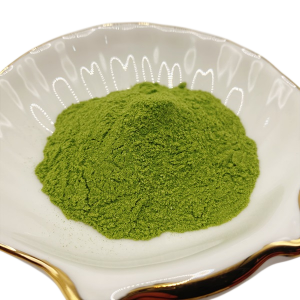N, P, and K refer to the three main nutrients found in fertilizers, each playing a unique role in plant growth:
Nitrogen (N):
Role: Nitrogen is essential for vegetative growth and is a key component of amino acids, proteins and chlorophyll. It promotes lush green leaves and overall plant vitality.
Symptoms of Deficiency: Yellowing of older leaves, poor growth and poor overall health.
 |
 |
Hydrolyzed Protein 90~95%
Amino Acid 80%
Organic Nitrogen 14~16%
|
Phosphorus (P):
Role: Phosphorus is essential for root development, flowering and fruiting, and is involved in energy transfer and photosynthesis. It helps plants develop strong root systems and improves flower and fruit production.
Deficiency Symptoms: Dark green or purple leaves, stunted roots, reduced flowering or fruiting.
Potassium (K):
Role: Potassium is important for overall plant health, helping to regulate water uptake, enzyme activation, and photosynthesis. Enhance fruit disease resistance and improve fruit quality.
Deficiency Symptoms: Yellowing or browning of leaf margins, stem weakness, increased susceptibility to disease.
 |
 |
Gibberellin 500ppm
Betaine 200ppm
Cytokinin 400ppm
Mannitol 1.5%
Indoleacetic Acid 200ppm
NPK 1-2-18
|
In conclusion
In summary, nitrogen (N) is used primarily for leaf growth, phosphorus (P) supports root and flower development, and potassium (K) is essential for the overall health and stress resistance of the plant. Understanding these differences can help you choose the right fertilizer for your plants’ specific needs.
For more information, please feel free to contact us:Info@g-teck.net
Post time: Oct-12-2024




